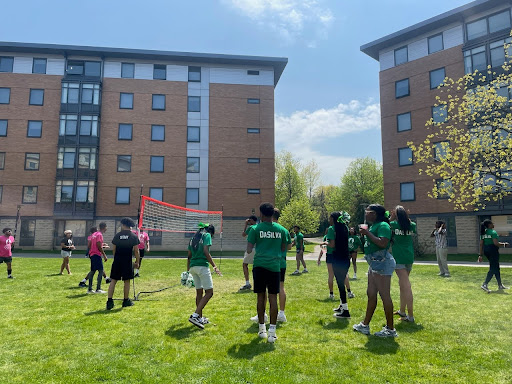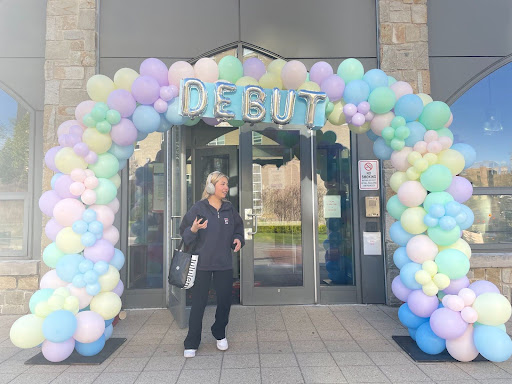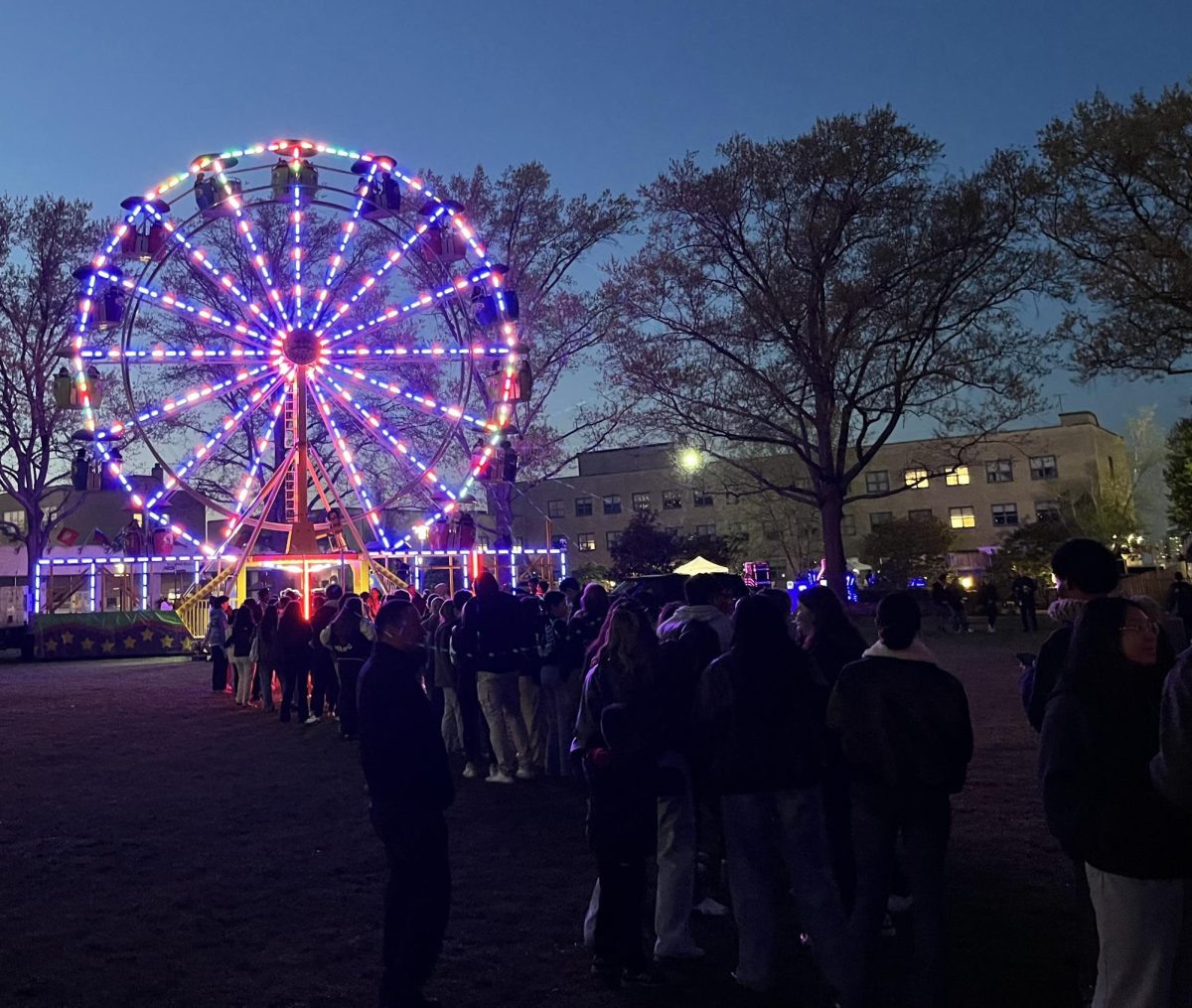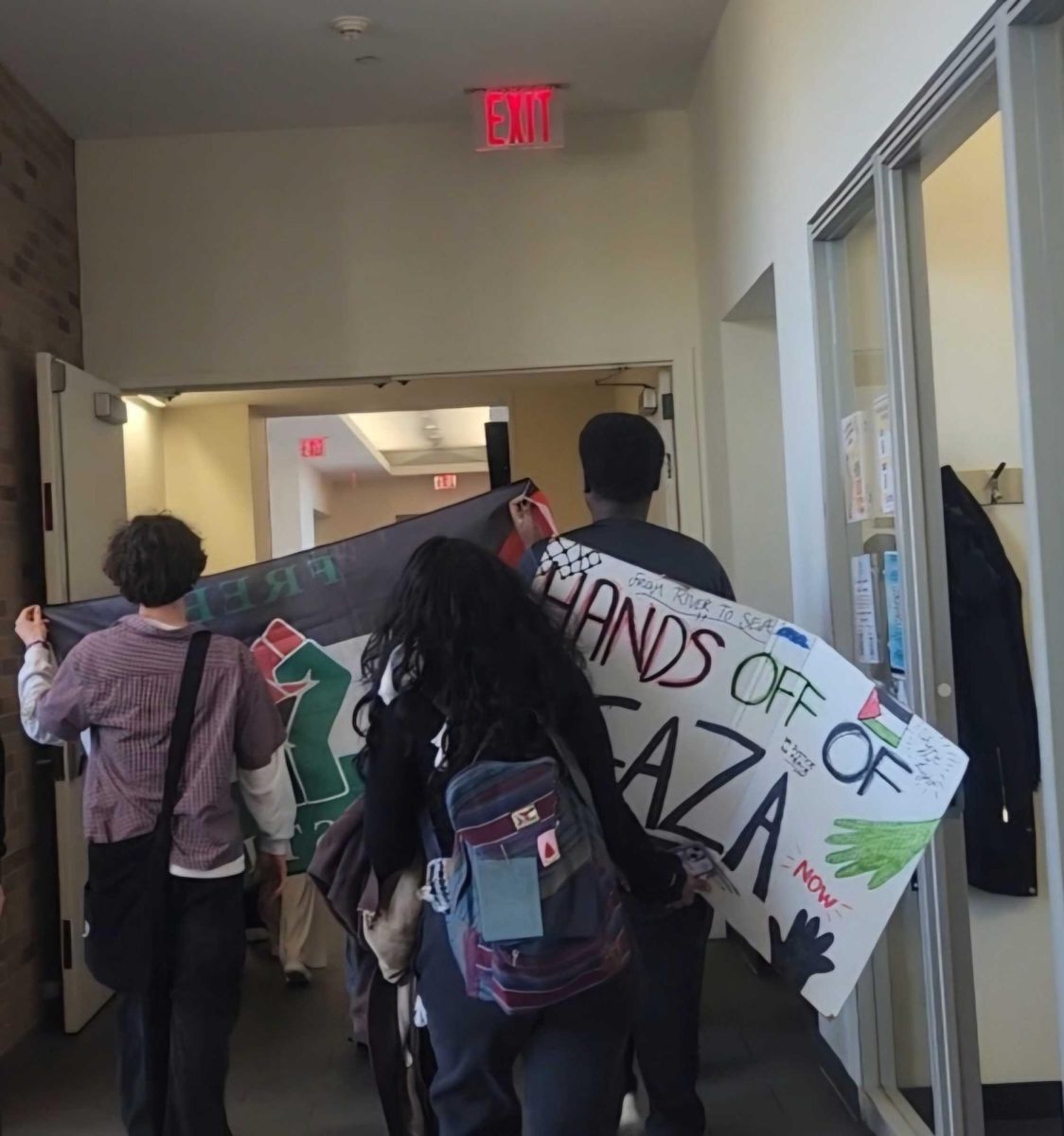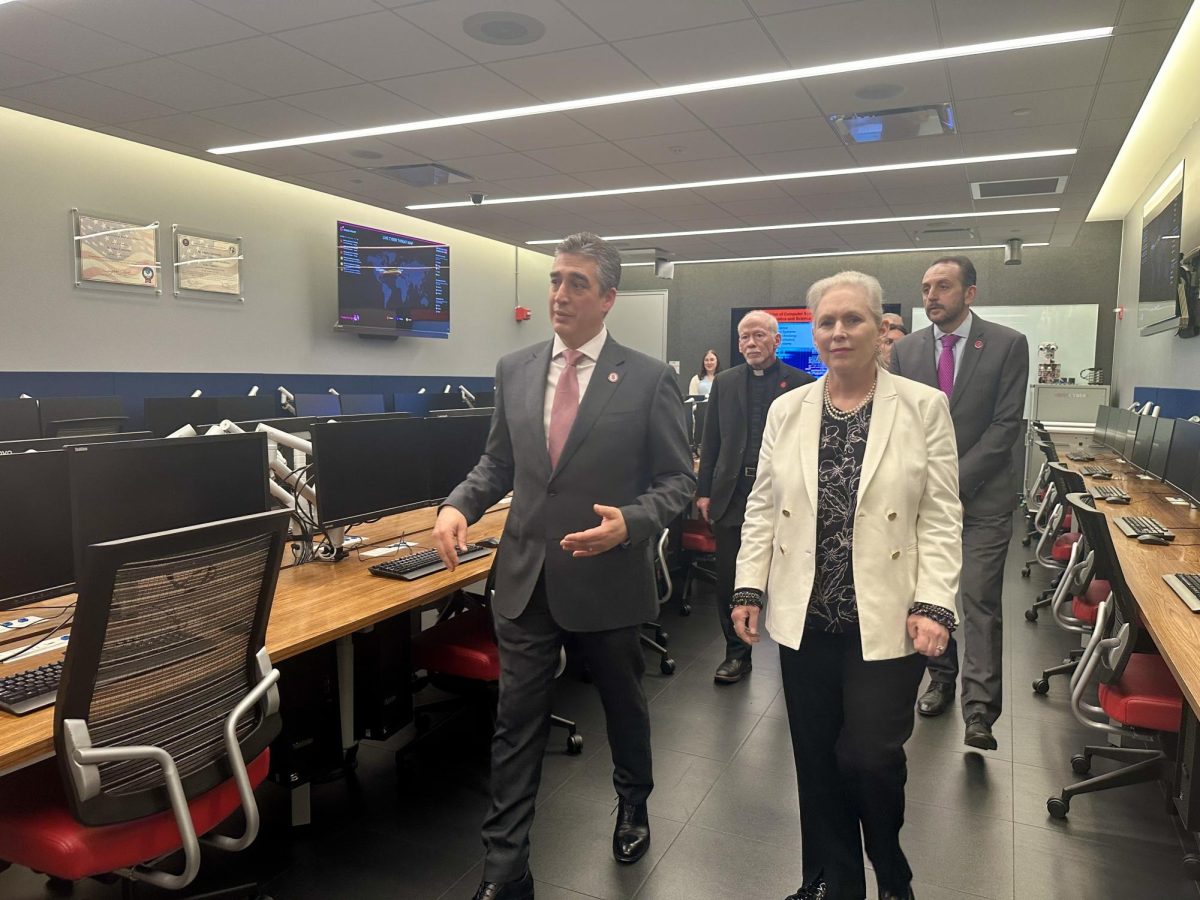MTA budget cuts have made it difficult for students that use the train system to commute to and from school. The MTA cut several lines on local trains and buses in order to close an $800 million gap in its 2010 budget, according to the MTA’s website.
MTA says the budget cuts are necessary to help keep the transit system operational, but students are experiencing a decrease in the quality of service as a result.
Sophomore Bianca Silva is a commuter student who takes the train to St. John’s everyday for classes.
“The trains I take are intentionally coming later than they used to because of these budget cuts,” Silva said.
According to the MTA 2011 Preliminary Budget and July Financial Play 2011-2014 report, a 7.5 percent increase in MTA consolidated fare box and toll revenue will take place on Jan.1, 2011.
MTA’s plans include cutting over 900 administrative jobs, reduced overtime, cuts made in areas with least customer impact, and eliminating over 2,000 operating jobs.
The plan details an expected rise in consolidated fare and toll revenues from $413 million in 2011 to $441 million in 2014.
Additionally, the increase in fare rates will increase bus revenue by $13 million during this time period. The report describes that this increase in revenue is necessary to “reduce the NYC subsidy used to cover the costs associated with MTA Bus operations.”
The MTA cites in its budget plan that “With most people’s wages not increasing in this economy, it is important to limit the financial burden to our customers.”
Fare hikes are at the center of the controversy of the new budget plan. Many people are angry at the thought of paying even more money to ride transit.
Sophomore Jonathon Guzman thinks college students particularly are having a hard time coming up with cash for Metrocards.
“Just about every college student has financial troubles,” Guzman thinks the MTA should give students like him a hand instead of elementary school students who are “more likely to get a ride from their parents.”
Junior Evana Achibar disagreed.
“It’s up to you to pay the fare. The city shouldn’t have to put up for you,” she said.
Lines such as the W and V train are no longer running and others are experiencing limited service. The frequency of trains has also been cut down; extending the time a rider has to wait at the platform.
Thousands of New Yorkers that rely on the MTA to get to work or to socialize with friends have been affected by these cuts.
Achaibar has noticed that the buses have more people than usual on them now.
“There’s been fewer buses coming by and now more people are trying to fit on which makes it really uncomfortable,” she said.
Guzman voiced similar problems on the bus as well as a 7 train that takes longer than usual to get to his station.
Although St. John’s University has increased its on and off campus housing to allow students out-of-state to attend, a high percentage of students still commute.
Sophomore Andre Mozeak has experienced difficulty balancing his class schedule with other activities on campus because of the trip he makes from his home to school.
“They reduced bus service closest to my house, which makes coming back home anytime after eight a real pain,” Mozeak said. “I can’t stay too long at debate team or some other activities unless I can get a ride home.”
Guzman also worries about his long commute back home after classes.
“I try to get home as soon as possible after classes are done,” he said.













